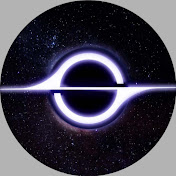Abstract
We argue that the striking similarity between the cosmic abundances of baryons and dark matter, despite their very different astrophysical behavior, strongly motivates the scenario in which dark matter resides within a rich dark sector parallel in structure to that of the standard model. The near cosmic coincidence is then explained by an approximate ℤ2 exchange symmetry between the two sectors, where dark matter consists of stable dark neutrons, with matter and dark matter asymmetries arising via parallel WIMP baryogenesis mechanisms. Taking a top-down perspective, we point out that an adequate ℤ2 symmetry necessitates solving the electroweak hierarchy problem in each sector, without our committing to a specific implementation. A higher-dimensional realization in the far UV is presented, in which the hierarchical couplings of the two sectors and the requisite ℤ2-breaking structure arise naturally from extra-dimensional localization and gauge symmetries. We trace the cosmic history, paying attention to potential pitfalls not fully considered in previous literature. Residual ℤ2-breaking can very plausibly give rise to the asymmetric reheating of the two sectors, needed to keep the cosmological abundance of relativistic dark particles below tight bounds. We show that, despite the need to keep inter-sector couplings highly suppressed after asymmetric reheating, there can naturally be order-one couplings mediated by TeV scale particles which can allow experimental probes of the dark sector at high energy colliders. Massive mediators can also induce dark matter direct detection signals, but likely at or below the neutrino floor.

